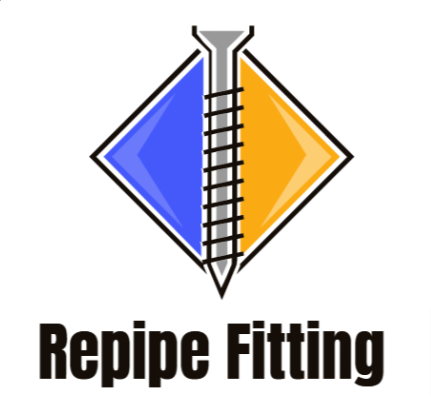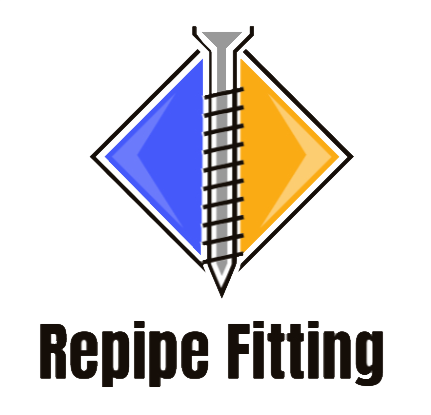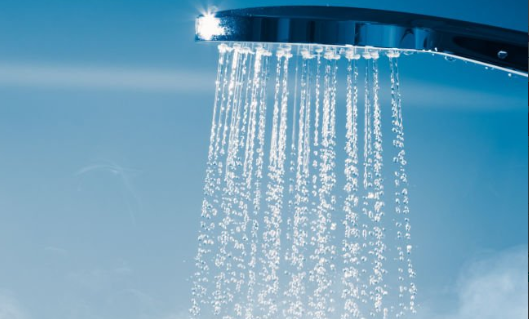
Hey there! Having trouble with your shower’s cold water? Don’t worry, we’ve got you covered. In this article, we’ll explore the top 5 reasons why you might be experiencing an absence of cold water in your shower. We’ll break down the common causes and provide detailed solutions for each one. So sit tight, because by the end of this read, you’ll have all the knowledge you need to get that refreshing cold water flowing again safely and efficiently. Let’s dive in!
Common Causes for Absence of Cold Water
If you’re experiencing a lack of cold water in your shower, there could be several common causes to consider. Let’s explore them.
Blocked pipes

Blocked pipes can restrict the flow of cold water in your shower, causing a lack of cold water. This can be due to various factors such as mineral buildup or corrosion in the pipes.
Faulty shower valve
The faulty shower valve may be causing an imbalance in the temperature of the water. To troubleshoot this issue, start by checking for signs of a faulty valve.
Hot water heater issues

Hot water heater issues can be a frustrating problem to deal with, especially when you’re expecting a nice warm shower.
Water supply disruption
If you’re experiencing an interruption in your water supply, it could be due to a valve issue. Low water pressure or no water at all can be caused by problems with the main water valve or pressure balancing valve. Check other faucets and showers for widespread issues. If there is no cold water in your shower but other taps have cold water, the main water supply shutoff valve may be turned off. Turn it back on to restore the water supply.
Sediment buildup
Sediment buildup can lead to a malfunctioning pressure-balancing valve in showers that aren’t regularly used. Sediment removal techniques are crucial for preventing buildup and maintaining water quality. Sediment can affect shower performance by clogging the valve, resulting in imbalances between hot and cold water. Regular shower maintenance has numerous benefits, including improved safety and water efficiency. Stay proactive and implement sediment removal techniques to ensure optimal shower performance while preserving the overall quality of your water supply.
Signs Indicating Absence of Cold Water in the Shower
Lukewarm water
The lukewarm water in your shower may be caused by a malfunctioning mixing valve. This valve is responsible for controlling the temperature of the water, ensuring a comfortable shower experience.
Fluctuating water temperatures
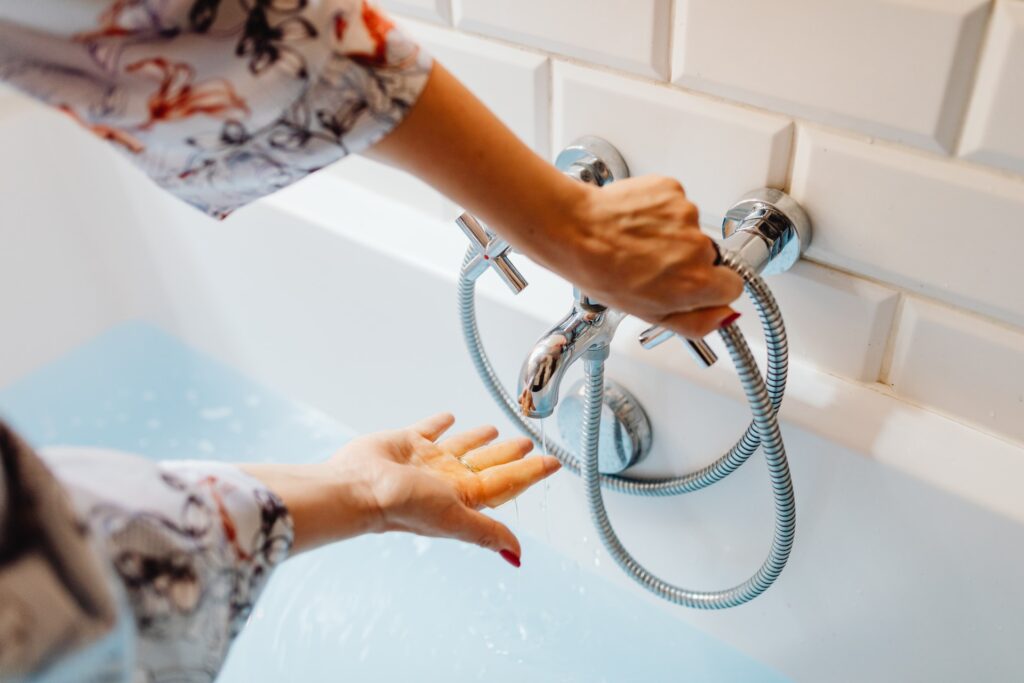
Fluctuating water temperatures can be indicative of a water heater malfunction or other plumbing issues. Hot water shortage, water temperature inconsistency, and sudden bursts of hot water are common signs that there may be an issue with your water heater or mixing valve.
Dripping taps
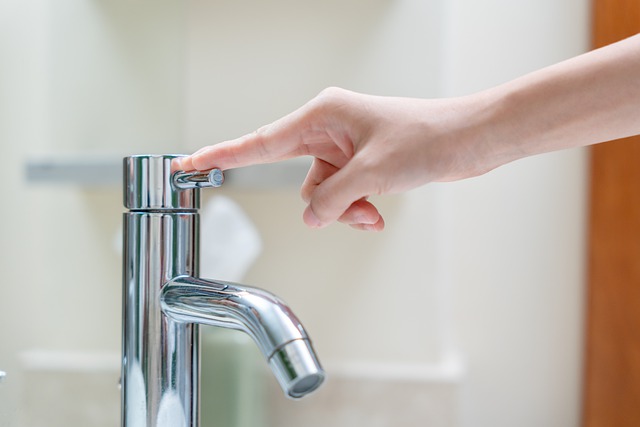
Leaking faucets are a common plumbing issue that can lead to water wastage and potential damage to your fixtures.
Odd noises from pipes
If you’re hearing odd noises coming from your pipes, it could be a sign of air trapped in the system. This often happens when there is a problem with pipe insulation or plumbing maintenance. Air can get trapped in the pipes and create a phenomenon called water hammer, which causes loud banging or knocking sounds.
Reduced water pressure
When the water pressure in your home is reduced, it could be due to a problem with the main water valve or a faulty pressure-balancing valve.
Restoring Cold Water in the Shower
Are you experiencing issues with your shower, such as clogged pipes or a lack of hot water? Don’t worry, there are several methods to address these problems.
Pipe unclogging methods
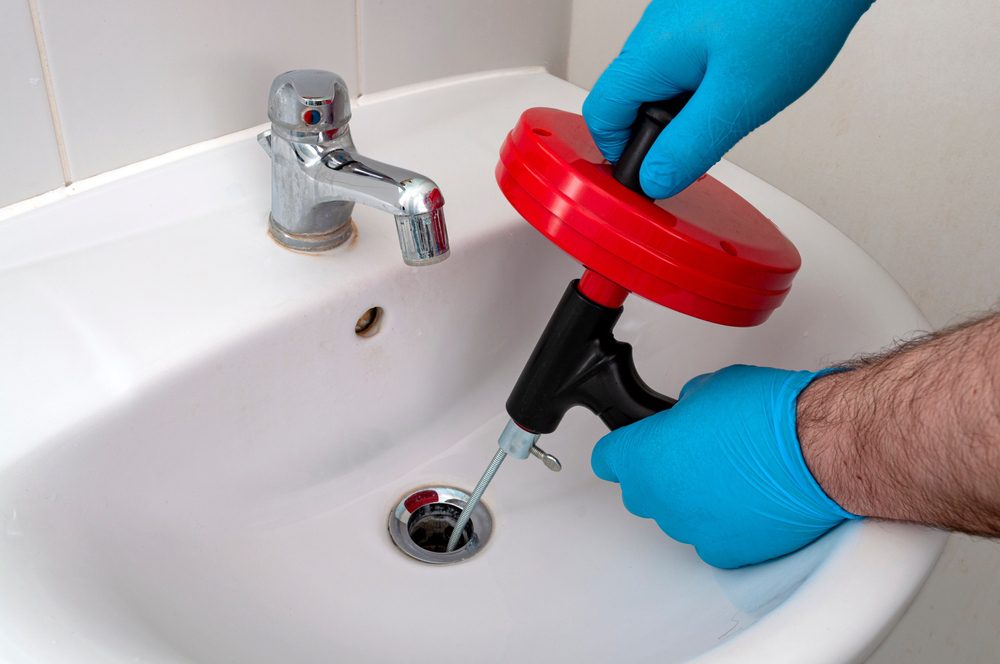
One way to address clogged pipes is by using a drain snake. Here are some unclogging methods for your shower maintenance:
- DIY solutions: Use a plunger or mix baking soda and vinegar to break down the clog.
- Water pressure troubleshooting: Check if low water pressure is causing the clog and adjust accordingly.
- Professional plumbing services: If all else fails, seek help from a professional plumber.
Remember to prioritize safety when attempting any DIY solutions and consider contacting professionals for complex issues.
Valve replacement
If your shower has a bad pressure-balancing valve, you should replace it to restore the balance of hot and cold water. Valve maintenance is crucial for maintaining a safe and comfortable shower experience. Signs of a faulty valve include inconsistent water temperature and sudden changes in pressure. Regular valve inspection can help identify any issues early on. Troubleshooting tips and DIY valve repair can be helpful, but if in doubt, it’s best to consult a professional for safety reasons.
Water heater repair
If you’re experiencing issues with your water heater, it’s important to address them promptly to avoid further problems. Here are some tips for water heater maintenance and troubleshooting:
- Regularly flush the tank to remove sediment buildup
- Inspect the pressure relief valve for leaks or signs of damage
- Check the thermostat settings to ensure they’re adjusted correctly
- Look out for signs of a failing water heater, such as inconsistent hot water or strange noises
- For minor issues, consider DIY repairs like replacing heating elements or thermocouples
Sediment flushing
To prevent sediment buildup in your water heater, regularly flushing the tank is essential. Sediment can accumulate over time and affect water pressure, plumbing maintenance, water temperature, and shower efficiency. Flushing involves draining the tank to remove any sediment or debris that may have settled at the bottom. This process helps maintain optimal performance and prolongs the lifespan of your water heater. Make sure to follow safety precautions and consult a professional if you’re unsure about how to flush your water heater properly.
Cleaning shower head

Regular cleaning of the showerhead is necessary to maintain optimal water flow and prevent mineral buildup. Here are some essential tips for shower head maintenance:
- Remove the showerhead and soak it in a mixture of vinegar and water to dissolve any mineral deposits.
- Use a small brush or toothbrush to scrub away any remaining residue.
- Rinse the showerhead thoroughly before reattaching it.
- Check for any leaks or cracks in the showerhead and replace if necessary.
- Consider installing a water softener or using a filter to treat hard water.
Replacing shower cartridge
Now let’s move on to the next step in troubleshooting your shower issue: replacing the shower cartridge. If you’ve tried cleaning the shower head and still have no cold water, it may be time to replace the cartridge. The cartridge is responsible for controlling the flow of hot and cold water in your shower. With proper maintenance, cartridges can last a long time, but if you’re experiencing issues, DIY cartridge replacement is possible. Remember to check your warranty information before attempting any repairs.
When to Call a Professional Plumber
If the issue with the lack of cold water in your shower persists despite attempting the solutions mentioned, it may be time to call a professional plumber. Here are some signs that indicate when it’s best to seek professional help: – Widespread lack of cold water in multiple faucets and showers – Defective pressure-balancing valve despite other faucets having cold water – Mineral buildup or corrosion causing malfunctioning pressure-balancing valve – Repeated issues even after replacing cartridge or valve Hiring a licensed plumber ensures safety, resolves major issues, and prevents costly damages through regular maintenance.
Preventative Measures
To prevent future issues, you should regularly clean and maintain your shower fixtures. This not only ensures the longevity of your fixtures but also helps with water conservation and temperature regulation. Regular maintenance includes checking for mineral buildup or corrosion, which can affect water quality and the proper functioning of the pressure-balancing valve. Additionally, scheduling a plumbing inspection can help identify any potential problems before they escalate. By taking these preventative measures, you can enjoy a safe and efficient shower experience while conserving water.
Conclusion
So, there you have it – the reasons behind the absence of cold water in your shower. From a faulty pressure-balancing valve to mineral buildup and corrosion, these issues can all contribute to a lack of cold water. But don’t worry, there are solutions available to restore balance and ensure a refreshing shower experience. Remember, if you’re unsure or uncomfortable with DIY fixes, it’s always best to call in a professional plumber. And for those concerned about preventing future problems, regular maintenance and keeping an eye on water quality can go a long way in avoiding these issues altogether. Happy showering!
